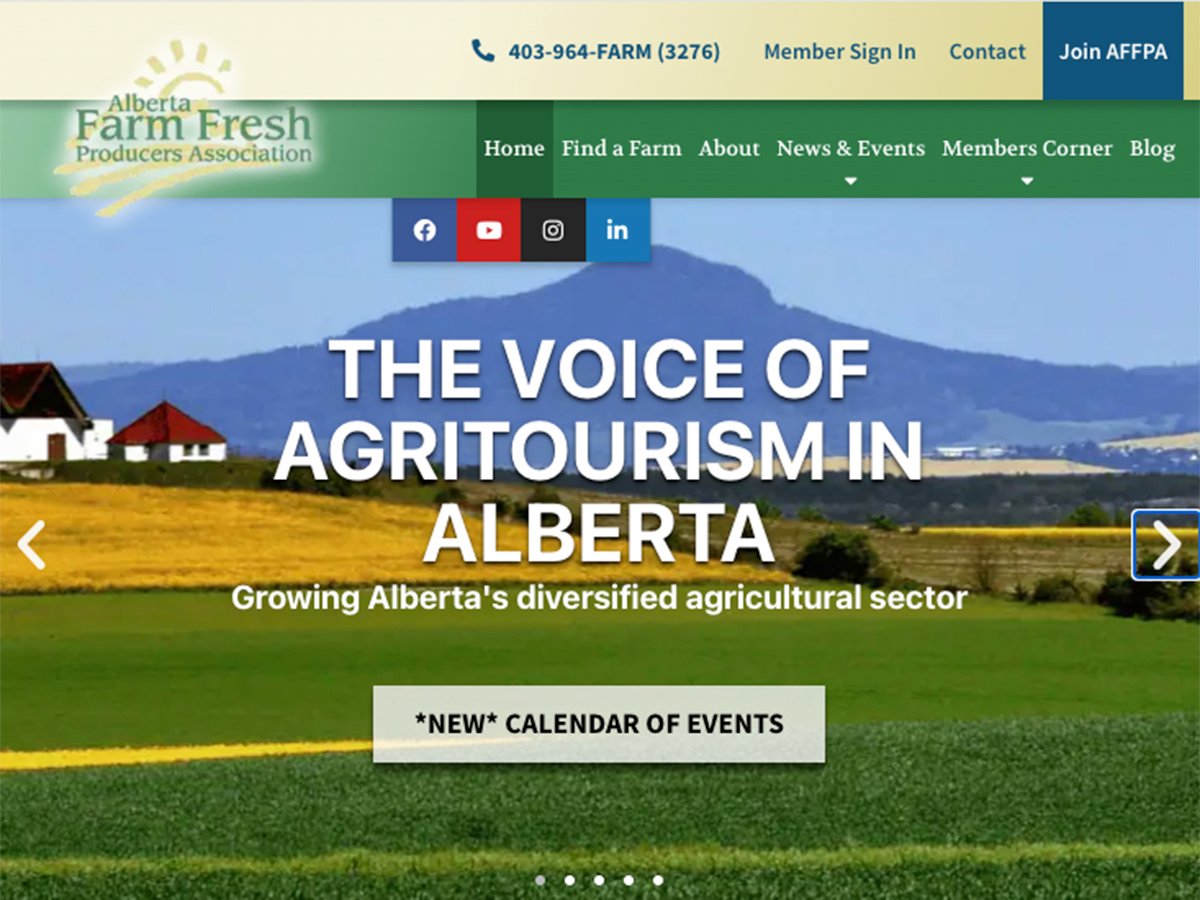One picture can tell the whole story of rural-urban divide.
On one side of a hill in Grasslands National Park sit students from Val Marie, Sask.; on the other, students from Saskatoon.
But don’t underestimate the power of place to bring the two groups together, said Karin Smith-Fargey, program manager of the Prairie Learning Centre in Val Marie.
By the end of a day and a half spent together in the park’s vast expanse, the students became one group with new appreciation of each other and the landscape.
Read Also

New Alberta funding for program hopes to further unlock agritourism industry in province
Alberta Farm Fresh Producers Association is launching a new initiative thanks to $300,000 of provincial funding to bolster Alberta’s smaller scale family farms and agritourism sector.
“The divide dissolves,” Smith-Fargey told the Prairie Conservation and Endangered Species conference last week in Regina.
The landscape that seems so empty can build communities, she said.
She also thinks it can play a role in shaping how young people view the land, how they learn and what they value.
It helps address the fact that youth today spend more time inside than outdoors and are missing the range of experiences that take place outside, she said.
The Prairie Learning Centre opened two years ago to provide learning opportunities for students and teachers using the national park setting.
The park, community and school divisions are partners in the project.
Smith-Fargey said the centre hopes to fill a need in the high school curriculum by offering a credit course in grasslands management and conservation. The course is now being developed.
Roger Epp, dean of Augustana Campus of the University of Alberta and a professor of political studies, said rural populations have become transient. Places of work have become disconnected from community.















